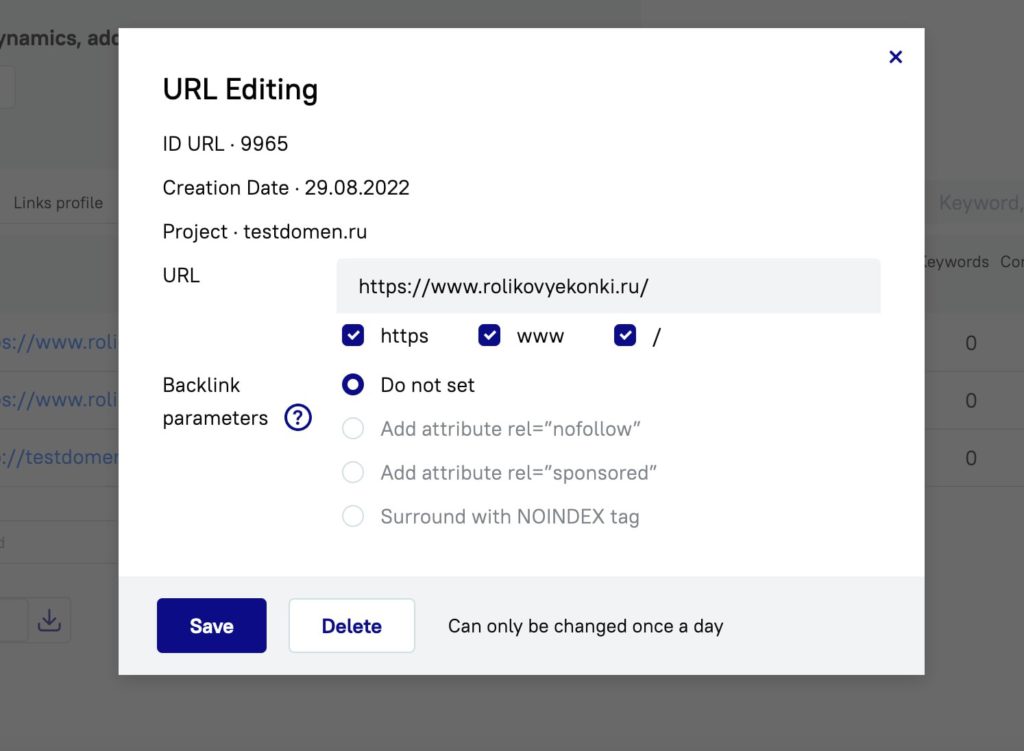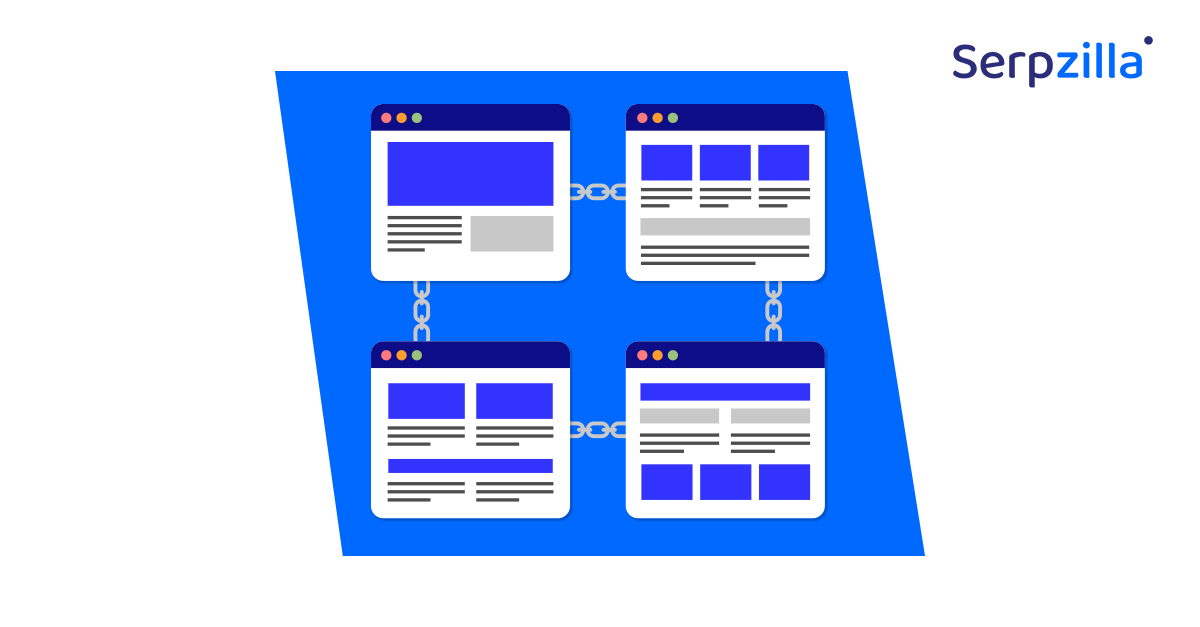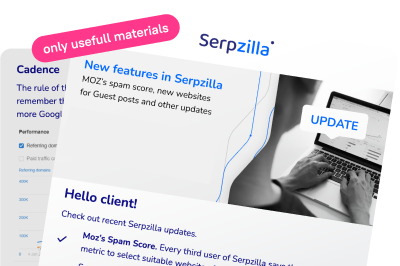We at Serpzilla have meticulously analyzed the latest updates from Google regarding changes to its algorithm’s functionality and anti-spam policy and would like to share with our users and readers our findings and what to expect.
The search engine has released a significant update in March 2024. The complete deployment may take up to a month. Additionally, Google launched an update to the anti-spam policy and its anti-spam algorithm. For these, the deployment could take 2 weeks.
The updates mostly target sites with low User Experience (UX) quality, especially websites which appear to be crafted exclusively for search engine optimization rather than for actual users. Primarily, these are sites created using dropped domain names, as well as those containing reused, spammy, or low-quality AI-generated content.
Three New Rules To Know Regarding Spam
Expired Domain Abuse Rule
Google has warned against the use of domains that previously belonged to other organizations or institutions to host content that does not match the domain’s original purpose. This practice will now have a serious negative SEO impact.
Examples of such abuse: a domain that was previously used for educational purposes and contained information about school education now redirects users to a site with gaming content. Similarly, a former medical portal with a domain related to health is now being used to sell home appliances.
Scaled Content Abuse
This rule restricts the creation of large volumes of unoriginal, reused and/or automatically generated content to manipulate search results.
Examples of such abuse: creation of a network of sites that automatically generate content using AI by compiling texts from various sources and publishing them across different domains. This content does not offer value, a new point of view or anything else to users, but rehashes existing content. It is created with the sole purpose of filling up search results and increasing the visibility of the company’s sites. Such resources may contain numerous pages with homogenous descriptions of products or services, their only intent to attract search traffic.
Site Reputation Abuse
Site reputation abuse refers to the arbitrary publication of third-party content without proper supervision or chek by the publisher. This restriction targets random blog-posting websites and aggregators.
Example of such abuse: a manufacturing site that publishes reviews on gambling websites or cosmetic products — content that absolutely does not align with its themes.
Although, Google does make a few stipulations here, the following types of content are not going to be considered site reputation abuse:
- Informational materials and press releases intended to inform the public about events and news. Their publication is not considered a violation, as the purpose of such content is to provide relevant information, which is beneficial for users.
- UGC (User Generated Content) sections, where people can share their opinions and reviews through forums and comments. This content is created by users and fosters active engagement on the site, which is a positive factor for its reputation.
- Advertising pages and native advertising, which are part of the site’s monetization but are not intended to manipulate rankings. This means, proper use of nofollow attributes will help you to protect your paid content. Advertising is a standard practice for many sites and should not be considered a violation if it generally complies with rules and does not mislead users.
How can you Avoid the Negative Impact of These New Regulations?
It’s challenging to predict how the updates will change the work of SEO marketers and those who work on link building, until they are fully deployed. Even then, we will get the full picture of possible repercussions only after some time. However, there’s no need to panic or immediately change your strategy. For now, we think that the updates generally affect a minor segment of the market and mostly those who have been engaging in black-hat SEO strategies anyways. They do not seem to alter the Google’’s global algorithms significantly.
Here are a few general recommendations:
- Check your content with AI detectors, rewrite it as necessary
- Closely and constantly analyze your link profile. If it contains odd links, especially those acquired in a non-relevant context, it’s best to replace them or use the Disavow links tool.
Sepzilla can also offer you a quick algorithm of how to safeguard your SEO efforts and keep your backlinks clean and crisp:
- When searching for backlink prospects, use the Spam Score check box to filter out websites with high spam score.
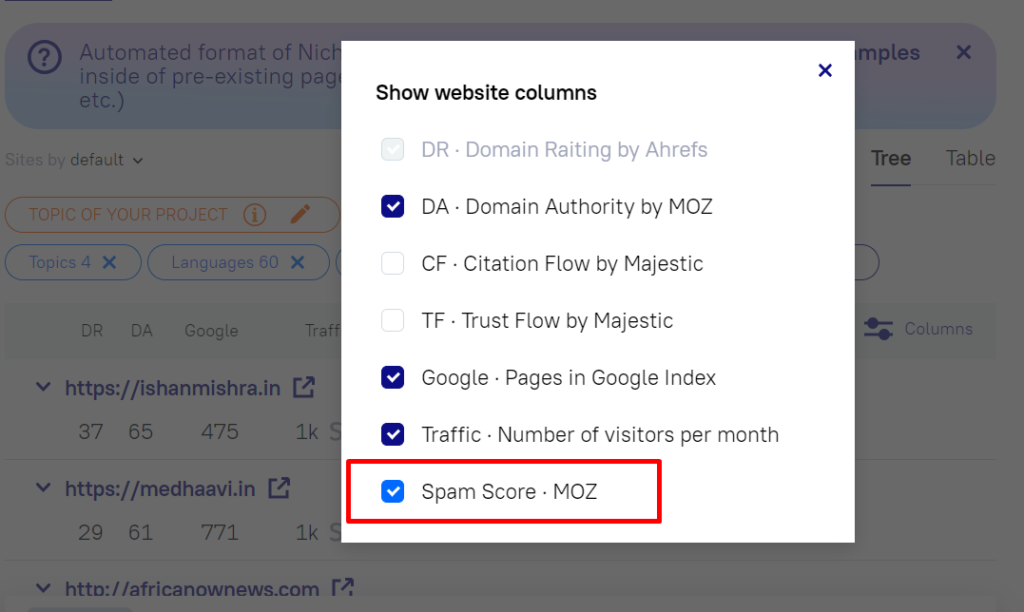
2. Use our new Collections feature to search for backlinks from best sites that are handpicked by our team and already organized by theme.
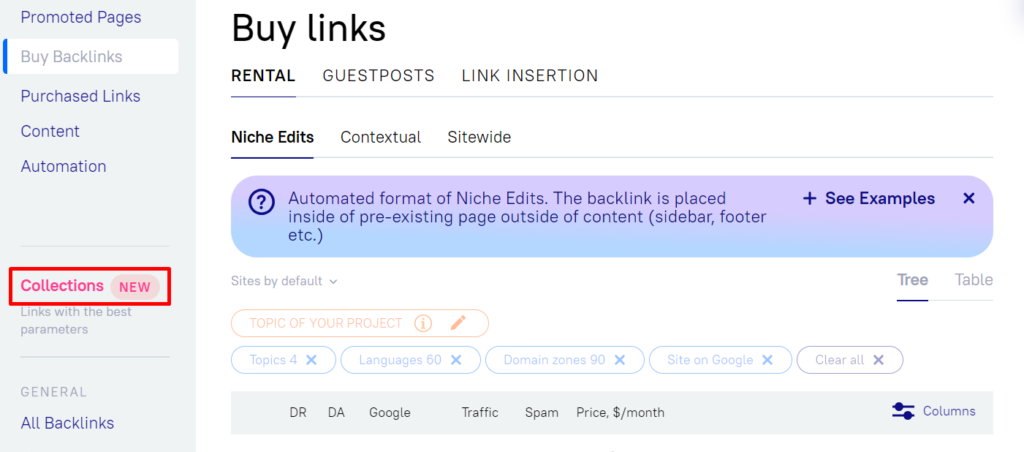
3. Use the nofollow attribute for obviously paid links. You can change this in backlink attributes.
